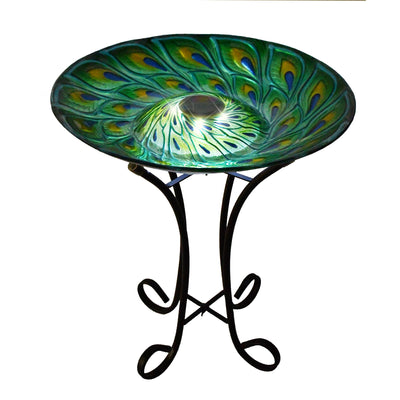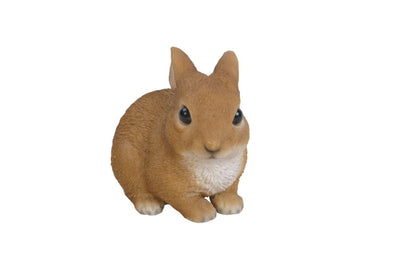Using Scent in Garden Design: Decor Ideas That Pair with Fragrant Plants
When designing a garden, the visual appeal often takes center stage, but adding fragrance can elevate the experience and create a truly immersive environment. Scent plays a crucial role in enhancing a garden’s atmosphere, triggering memories, and providing a sensory escape. Fragrant plants, when paired with the right garden decor, can transform your outdoor space into a peaceful, aromatic retreat. This balance of sight and scent mirrors the harmony often found in a zen inspired garden, where simplicity and sensory awareness work together to promote calm and mindfulness.

Choose the Right Fragrant Plants
Before focusing on garden decor, it’s essential to choose the right fragrant plants. Different flowers, herbs, and shrubs offer distinct scents that can influence the ambiance of your garden. For example, lavender’s calming aroma, jasmine’s sweet fragrance, and rosemary’s herbal scent each bring something unique.
-
Lavender is ideal for creating a relaxing atmosphere, and it pairs well with a range of decor, from rustic to modern.
-
Jasmine can be planted near seating areas, as its fragrance is both sweet and powerful, adding a romantic touch.
-
Mint and rosemary offer a refreshing, herbal scent that can energize and invigorate the space.
When selecting fragrant plants, consider their growth habits, bloom times, and how they will complement the rest of your garden’s layout.
Integrate Scent with Outdoor Decor
Once you’ve selected your fragrant plants, it’s time to think about the decor elements that will enhance the scent experience. Your outdoor decor should work in harmony with your fragrant plants, amplifying the aromas while providing a functional and aesthetically pleasing backdrop.
-
Garden seating areas are an excellent place to pair with fragrant plants. Consider placing benches or chairs near areas with blooming jasmine or rose bushes. This creates a space where you can sit and enjoy the scent while relaxing in the garden.
-
Decorative pots and planters can also amplify fragrance. Choose pots in neutral tones, such as white, terracotta, or muted metal, to let the plants stand out. You can even use stylish ceramic planters with drainage holes to plant fragrant herbs like thyme, mint, or basil.
-
Pergolas and trellises are perfect for framing fragrant climbers like wisteria or honeysuckle. These plants often have strong scents that can fill the air, and when placed on a trellis, they provide visual appeal while releasing fragrance at the same time.
Add Water Features to Enhance Aroma
Water features, such as fountains or small ponds, can enhance the fragrance of your garden by creating a soothing backdrop to the smells of your plants. The sound of flowing water can mask unwanted noises, while the mist it creates can amplify the natural scent of surrounding plants.
A small water fountain, placed near aromatic flowers or herbs, can create a sensory-rich experience. Water reflects light, while the gentle sound calms the mind, and the moisture helps to amplify the natural oils in the plants, making the fragrance more noticeable.

Product in Picture: Cascading Bowls & Jugs Tabletop Fountain With Warm White Led Lights
Incorporate Scented Garden Accessories
Beyond plants, there are other decor elements that can contribute to the overall scent of your garden. Consider using accessories that reflect natural aromas or materials. Here are a few ideas:
-
Scented candles or diffusers: While traditionally used indoors, they can work in covered outdoor spaces, adding soft fragrance during evening garden parties or gatherings.
-
Herb-filled sachets: Hang small sachets filled with dried lavender, rosemary, or mint near outdoor seating areas. These can gently release fragrance into the air, enhancing the sensory experience.
-
Aromatic oils: Natural oils, like citrus or eucalyptus, can be added to clay pots or decorative vases, which then release subtle, pleasant scents when the air is still.
These accessories, combined with fragrant plants, can create a layered scent profile in your garden that’s subtle yet impactful.
Strategic Placement of Scented Plants
The placement of your fragrant plants is crucial in maximizing their scent. Position plants with strong scents near high-traffic areas such as paths, seating areas, or entrances. By doing this, you create a welcoming atmosphere as visitors are greeted with the scent as soon as they step into the garden.

For example, plant lavender or rosemary along pathways or near the door. The gentle breeze will carry the scent throughout the space, creating a delightful and memorable experience for anyone entering your garden.
Incorporating scent into your garden design adds a layer of sensory pleasure that can transform your outdoor space into a retreat. By carefully selecting fragrant plants and combining them with thoughtful garden decor, water features, and accessories, you can create a harmonious, aromatic garden. Whether you’re cultivating a serene loving rainy day garden that celebrates nature’s freshness or a sunlit retreat filled with blossoms, scent enhances every moment spent outdoors turning your garden into a peaceful haven that engages all the senses.




















Leave a comment